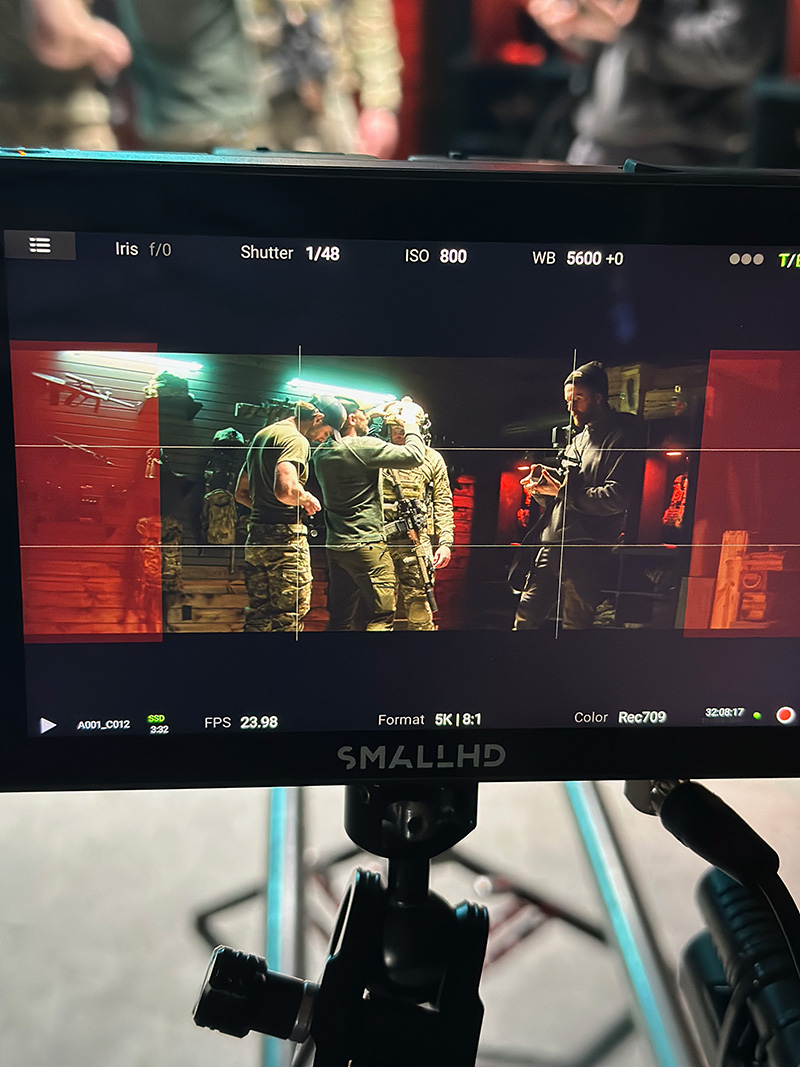As a 17-year old high school athlete with a fast three-mile time and the ability to do a lot of pullups, Tyler Van Hook joined the United States Marine Corps. He would rise through the ranks, deploy with his Marine Recon unit, and ultimately join a newly formed special operations unit known as the Marine Raiders. The Raiders, who are most loosely compared to Navy SEALs, are a recently re-monikered group of Marine Corps Special Operations Command (MARSOC) critical skills operators, their name giving homage to the World War II Marine Raiders originally established to conduct amphibious light infantry warfare.

More deployments ensued as Van Hook spent the bulk of his military career with the Raiders, until time for his “give back tour,” where he transitioned to instructor for the Individual Training Course (ITC) at the Marine Raider Training Center at Camp Lejeune. “My job as an instructor at the ITC was to guide candidates through what we call Special Operations Forces Truths,” Van Hook said. “One of those truths is that humans are more important than hardware. We were taking Marines who were already a part of the most elite fighting force of the world and preparing them for the dynamic environment of Special Operations.”
Elite teams require elite personnel.
“At the time, we had a SOCOM (United States Special Operations Command) who wanted to better understand each approach of our special operations recruitment – cost, results, retention, the good, the bad, and the ugly. How do we do better?” Van Hook said.
“Due to the manner in which we recruited and screened, these individuals had the mental aptitude and physical capability to be there, so why is the attrition so high, where can we improve, but still stay authentic to our SOF Truths?”
The Special Operations Force Truths Van Hook refers to not only includes the truth that humans are more important than hardware, but also that quality is better than quantity, special operations forces cannot be mass produced, competent special operations forces cannot be created after emergencies occur, and most special operations require non-SOF support.
“We tried to get candidates broken down into personas and develop normative ranges for both success and failure, however to do this accurately we needed to streamline our data collection and make subjective events as objective as possible. By doing so, we standardized (the process) and ultimately increased throughput.
“Now my wife Colleen (Thamm) had done a lot of things in the data analytics space from her time with a large research and advisory firm, and when I defined the problem to her, all she said was, ‘Tyler, you gotta use data.’”
Van Hook said once he and his team learned the basic principles of collecting and leveraging data to look for correlation to causation, he was able to pinpoint some significant problem areas and then address those head on, ultimately reducing attrition significantly. All of his work was “about the mission,” as he said, “making sure we had the right service members making it through the pipeline and filling our ranks.” But his enlisted time in the military had come to an end.
It did not take long in a temporary landing at another government agency for Van Hook to recognize the same issues and challenges he had faced at MARSOC in recruiting and retaining human capital. Thamm, meanwhile, was transitioning from another job, but was intrigued by how quickly the tech landscape was evolving. The duo discussed the issues over a weekend, and prototyped out a software, which Van Hook used to make a video to send to government stakeholders.
“It was a duct-tape prototype, meaning the buttons worked, but I knew the button pathway to make the numbers work,” he said. “The numbers were taped into it. But they loved it, and asked me to come to Northern Virginia and brief them on it. From there, they asked me to build it.”